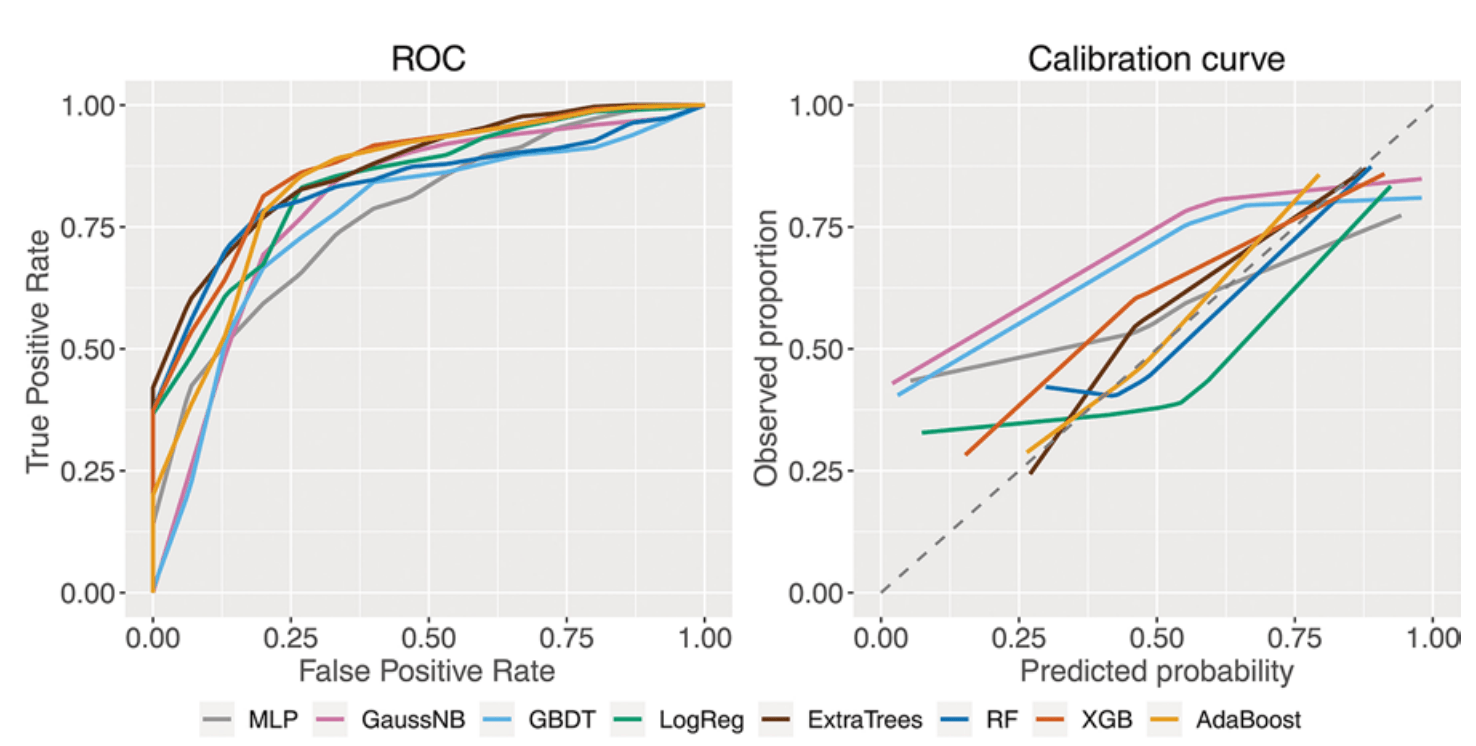Boosting phase-contrast MRI performance in idiopathic normal pressure hydrocephalus diagnostics by means of machine learning approach
Citation: Vlasák A, Gerla V, Skalický P, Mládek A, Sedlák V, Vrána J, Whitley H, Lhotská L, Beneš V, Beneš V, Bradáč O. Boosting phase-contrast MRI performance in idiopathic normal pressure hydrocephalus diagnostics by means of machine learning approach. Neurosurg Focus. 2022 Apr;52(4):E6. doi: 10.3171/2022.1.FOCUS21733. PMID: 35364583.
Phase-contrast MRI allows detailed measurements of various parameters of CSF motion. This examination is technically demanding and machine dependent. The literature on this topic is ambiguous. Machine learning (ML) approaches have already been successfully utilized in medical research, but none have yet been applied to enhance the results of CSF flowmetry. The aim of this study was to evaluate the possible contribution of ML algorithms in enhancing the utilization and results of MRI flowmetry in idiopathic normal pressure hydrocephalus (iNPH) diagnostics.
Our study cohort consisted of 30 idiopathic normal pressure hydrocephalus (iNPH) patients and 15 healthy controls examined on one MRI machine. All major phase-contrast parameters were inspected: peak positive, peak negative, and average velocities; peak amplitude; positive, negative, and average flow rates; and aqueductal area. We subsequently applied ML algorithms to 85 complex features calculated from a phase-contrast study.
The most distinctive parameters with p < 0.005 were the peak negative velocity, peak amplitude, and negative flow. From the ML algorithms, the Adaptive Boosting classifier showed the highest specificity and best discrimination potential overall, with 80.4% ± 2.9% accuracy, 72.0% ± 5.6% sensitivity, 84.7% ± 3.8% specificity, and 0.812 ± 0.047 area under the receiver operating characteristic curve (AUC). The highest sensitivity was 85.7% ± 5.6%, reached by the Gaussian Naive Bayes model, and the best AUC was 0.854 ± 0.028 by the Extra Trees classifier.
